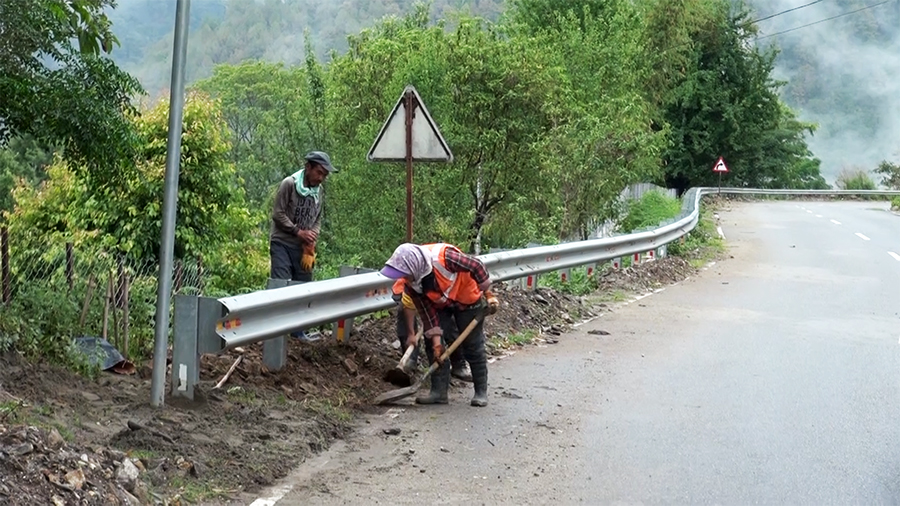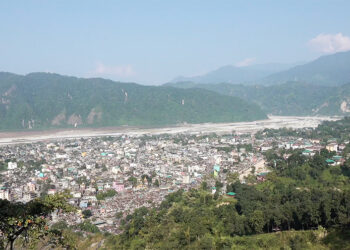
As part of their commitment to road safety, Project DANTAK is undertaking several initiatives to reduce vehicle accidents along the Trashigang- Wamrong Highway. They are installing 25 kilometres of crash barriers and other precautionary measures in accident-prone areas to make the highway safe for all motorists.
 The Trashigang police reported 27 vehicle accidents since 2021, with a majority of them occurring between the Khaling and Yonphula areas.
The Trashigang police reported 27 vehicle accidents since 2021, with a majority of them occurring between the Khaling and Yonphula areas.
One of the main causes of these accidents, apart from mechanical failure is attributed to overspeeding, sleep driving and using mobile phones.
Furthermore, the presence of free-roaming cattle along the highway, particularly during foggy weather, poses an additional risk.
“Sometimes I often observe drivers using only one hand to drive while holding a mobile phone with the other hand. However, I cannot ascertain the exact cause of these vehicle accidents,” said Tshewang Tenzin, a resident of Khaling Gewog.
“In summer, when it rains, the road becomes foggy and visibility is poor, leading to accidents. To address this issue, I would suggest installing a flickering lighting system specifically in accident-prone areas rather than in the town. Such a system would be beneficial. Additionally, there is a need for clear white road markings to improve visibility and minimise accidents,” said Tshering Dendup, a motorist from Yangnyer Gewog.
“Late-night travel can sometimes make drivers sleepy, increasing the risk of accidents. However, having crash barriers can provide protection. If a driver unintentionally hits a crash barrier, it serves as a warning and helps to prevent accidents,” said Jigme, another motorist from Chaskhar village in Monggar.
The DANTAK officials added that they are working closely with the Bhutanese government to make the eastern highway a ‘Zero Fatality Corridor’. And a budget of Nu 250 M has been allocated for this purpose. A two-kilometre crash barrier is completely out of the planned 25 kilometres.
Additionally, they will install reflective and solar delineators, cat eyes and thermo-reflective paint for road markings, particularly in foggy areas.
The project commenced earlier this year and is expected to be completed by mid-2024.
Sonam Darjay, Trashigang
Edited by Sonam Pem









